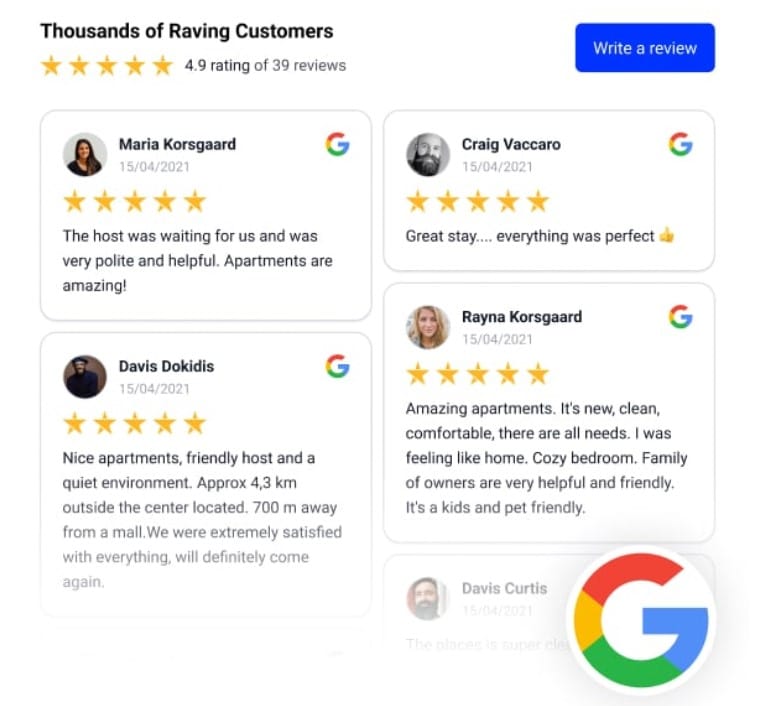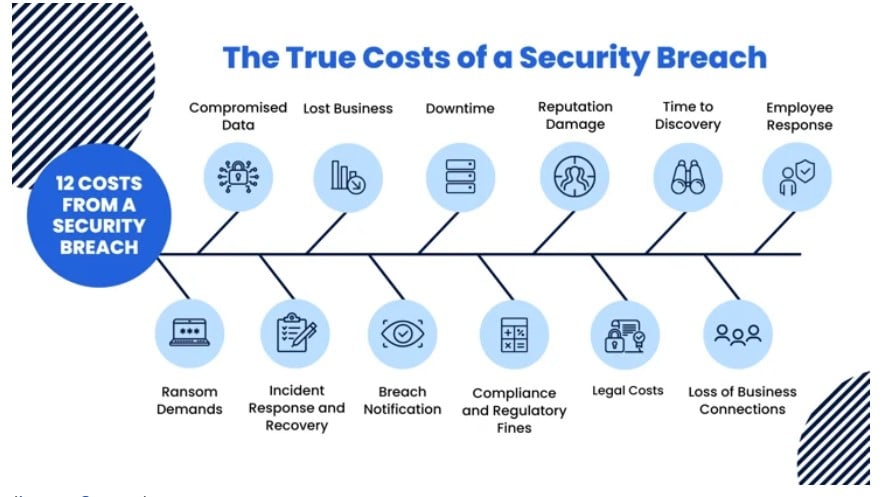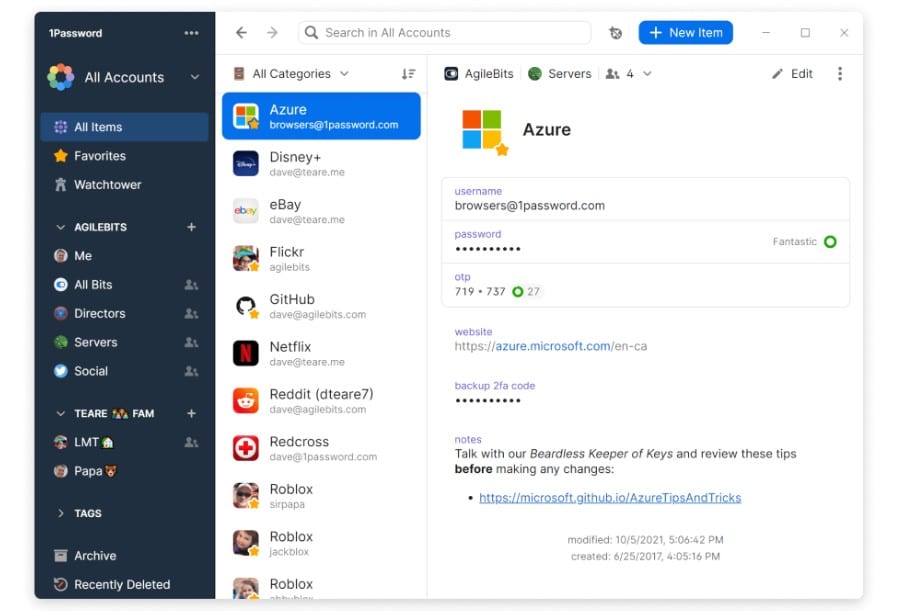The lifeblood of any business is public perception.
If the public perceives your business to offer a great product or service, they’re likely to participate in your marketplace and make a purchase. On the other hand, if your business has a negative reputation, people will likely stay away.
In short, perception means everything, even if you offer exceptional products and services.
So, what’s the secret to reputation risk management? To manage a positive reputation, you must understand the link between public relations and your legal standing.
This guide will help you know how to manage your reputation by eliminating PR and legal risks.
Monitor your reputation at all times
The most important task in PR is knowing what others say about your business. Thankfully, the Internet makes this process easier. People love to discuss their consumer experiences on social media platforms, online forums, and blogs.
As technology has advanced, we now have a variety of tools available at our beck and call to discover what others say about your business and industry. Google Alerts, media monitoring, and social media listening are some ways to closely monitor online sentiments about your business.
The easiest way to track your reputation is by checking online reviews. Google and Yelp are two of the most popular online review platforms. If you run a local business, you can see exactly how past customers feel about your business.

These reviews can dramatically shift public opinion regarding your business. For this reason, you should respond to negative reviews in a timely and professional manner.
You should also check all kinds of review sites to ensure that every customer is heard and nothing slips through the cracks.
Be careful about the business products you use
The products you use in marketing, sales, and everyday operations don’t just impact your company’s bottom line. If you’re relying on unsecured products to manage your business, you could put your customers at risk.
It’s important to point out that even well-known products aren’t completely safe from global data breaches and cyber disasters.

Therefore, finding safer alternatives to popular software can help mitigate cybersecurity risks and protect your reputation.
For example, exploring Zoom alternatives can offer added layers of security and privacy, crucial for safeguarding sensitive information shared during legal discussions or PR strategy sessions.
You can mitigate the risk of security breaches and unauthorized access to confidential discussions, thus protecting the integrity of their legal proceedings and strategic communications.
Using platforms with robust encryption and compliance features ensures alignment with legal regulations and industry standards. It’s a proactive measure to manage risk effectively and uphold a positive reputation.
Use a password manager
Thirty percent of internet users have experienced a data breach because of a weak password. More than 1.5 billion people worldwide become victims of cybercrime due to weak passwords.
Of course, creating a strong password can both deter and prevent cybercriminals from stealing private information. The problem is that keeping track of all the strong passwords you use for each important website can be challenging.
Nonetheless, one of the most common sources of reputational risk for any organization is a data breach that exposes sensitive information of customers, employees, or partners. Such incidents can damage trust, erode confidence, and invite legal action.
To prevent this, organizations must adopt robust security measures that protect their data from unauthorized access. One of these measures is using a password manager, which helps users create and store strong, unique passwords for every account.

A password manager also makes sharing passwords securely with team members, managing access permissions, and monitoring login activity easier. Organizations can use a password manager to demonstrate their commitment to data privacy and security and enhance their reputation among their stakeholders.
Create your narrative
The public will inevitably shape your narrative if you don’t create and control it. For example, your makeup company takes pride in delivering high-quality products without testing them on animals.
Unless you communicate this value proactively, potential customers will have no idea what your company stands for. They may even assume your products aren’t environmentally friendly and choose a competing brand.
To avoid this outcome, creating a central narrative around your business is important. Here’s how:
- Create a company’s mission statement, vision, and values that tell who you are outside of selling your product.
- Communicate your values vigorously with customers, employees, investors, partners, media, and regulators.
- Take advantage of various mediums to convey your message. Use newsletters, blogs, podcasts, webinars, press releases, and social media posts; leverage AI tools such as Hypotenuse, Podcastle, and LinkedIn Summary Generator to help you craft the most effective messages.
- Ensure that all incoming and outgoing communications reflect your company’s values to ensure brand cohesion.
Following these tips will help your business communicate a consistent narrative so it’s easily distinguishable from competitors.
Prepare for a crisis
Failing to plan is planning to fail. A crisis can still happen even if you take all the precautions and preventive measures to protect your business. Preparing your response to an inevitable crisis can help you minimize the impact of game-changing events.
Some of the most common business emergencies are product recalls, data breaches, lawsuits, and boycotts. With any crisis, two emergencies can happen. Either your team won’t respond in time, or they won’t respond at all.
As such, you can prepare for a crisis by managing risk assessments, crisis management plans, spokesperson training, and media kits. In addition, you should communicate to your team that there are three goals for your crisis management plan, which are to:
- Quickly restore public confidence
- Minimize negative impact
- Eliminate uncertainty
Respond with transparency
If your business is facing a crisis, it’s essential to respond with transparency in mind. Otherwise, you could face future problems if the public or media manages to uncover the truth of the matter.
If you’re facing a lawsuit, you should briefly and clearly state the case to your customers and stakeholders. If any information is important for public consumption, it’s best to communicate this upfront.
For example, product recalls can quickly alter public opinion about your business. If there is any legitimate information that your product is dangerous to the community, you shouldn’t keep it from your audience or the media.
Evaluate and improve your reputation management strategy
Your first reputation management strategy likely won’t be perfect. The best strategies are iterated and improved over time. They’re also battle-tested in times of crisis and internal panic. Incorporating AI professional headshots can add a personal touch to your strategy.
You can evaluate the effectiveness and performance of your reputation management strategy in several ways, including:
- Reviewing reputation scores on Google, Yelp, and online forums
- Receiving employee and customer feedback
- Checking media coverage
Constantly assessing your reputation management strategy is pivotal to celebrating your successes and learning from your mistakes.
Consult with experts
Sometimes, crises may be too difficult to navigate alone.
In this case, you should call upon the help of a PR agency or crisis management specialist. These professionals can provide a third-party and objective means to control your narrative amid a crisis.
For example, your internal PR team may have trouble shaping public opinion if they’ve never dealt with a nationwide product recall or a class-action lawsuit. This can result in disastrous consequences if you don’t hire a professional for help.
When vetting a PR consultant, double-check that they have deep experience managing the exact crisis you’re dealing with. You should also ensure they work with businesses just like yours.
Build press connections
PR teams can closely track a company’s reputation by maintaining a close relationship with the local and national press. For example, if a news story is about to break about a certain company event without their knowledge, a member of the press will usually first reach out to the company’s PR team.
This allows a company to get ahead of the news and potentially make a statement. To effectively control your narrative, it’s important to build strong connections with the media.
It’s important to mention that media contacts typically expect the quid pro quo. In exchange for giving you the inside scoop on news you’re unaware of, they’ll expect something in return.
As long as you manage these connections with a rigid code of ethics, you can stay on top of the press surrounding your business.
Keep your company unified
Finally, you should ensure that your entire company is unified on all incoming and outgoing communications.
Otherwise, someone could speak out of turn and cause a leak to the media. Through company meetings and memos, you can make sure all of your team is on the same page when you distribute communications.
Final words
Managing a positive company reputation involves eliminating risks and controlling your narrative in all your earned media communications.
If you’re successful, you can stay on top of all news developments that concern your company and respond appropriately.
How will you put your reputation risk management plan into action?








